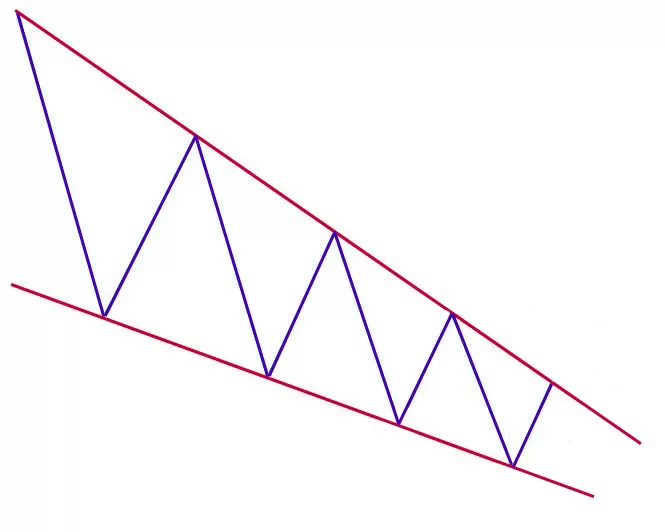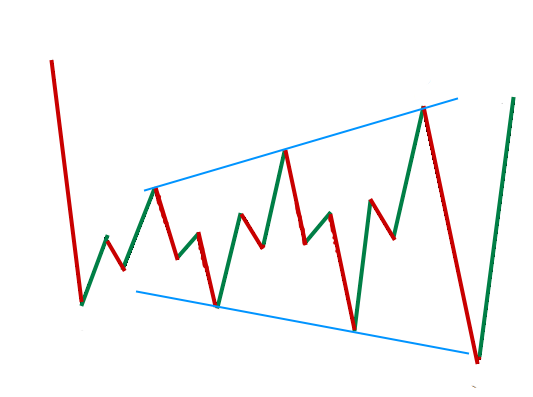What is a Doji Candlestick Pattern?
A Doji candlestick pattern, often termed a Doji star, is a graphical representation of market indecision. It forms when an asset’s opening and closing prices are almost identical. This scenario indicates a standoff between buyers and sellers, with neither party able to secure a decisive victory.
In simpler terms, a Doji pattern reflects a situation where sellers counter the attempts of buyers to increase the asset’s price and vice versa. This push and pull cause the price to hover around a pivot level. Even in a volatile trading session, a Doji pattern forms if the opening and closing prices remain similar.
Significance of Doji Candlestick Patterns
Doji patterns are crucial for traders as they signal potential significant market highs or lows. These patterns can act as leading indicators that a short-term price swing or trend reversal might be underway.
A completed Doji can confirm or negate a potential significant high or low. Moreover, the appearance of a Doji at support or resistance levels after a long trend or wide-ranging candlestick can strengthen other reversal indicators.
The Anatomy of a Doji
A Doji candlestick pattern comprises an almost invisible body due to the proximity of the opening and closing prices. The upper and lower wicks, also known as shadows, can vary in length, giving the Doji different appearances.
Types of Doji Patterns
Doji patterns can vary depending on the length and position of the shadows. Here are the most common variations:
- Neutral Doji: This pattern is characterized by an almost invisible body in the middle of the candlestick, with similar lengths of upper and lower wicks. It signifies a balanced sentiment between the bulls and the bears.
2. Long-legged Doji: This pattern has longer wicks, suggesting aggressive attempts by buyers and sellers to control the price action during the candle’s timeframe.
3. Dragonfly Doji: The Dragonfly Doji resembles a ‘T’ shape with a long lower wick and almost no upper wick. The open, the close, and the high price are almost at the same level.
4. Gravestone Doji: This pattern represents an inverted ‘T’ shape, with the open and close coinciding with the low. It indicates that the buyers attempted to increase the price but couldn’t sustain the bullish momentum.
5. Four Price Doji: This pattern rarely appears except in low-volume or short periods. It suggests that all four price indicators (open, close, high, and low) are at the same level over a given period.
Trading with Doji Candlestick Patterns.
Context Matters: A Doji is best interpreted in the context of previous price action. For example, a Doji that appears at the end of a strong uptrend could signal a potential reversal or a pause in the uptrend.
Confirmation: Given that a Doji indicates indecision, it’s wise to wait for confirmation in the form of another candlestick pattern or some other technical indicator before making a trading decision.
Support and Resistance: A Doji that forms near a known support or resistance level can strengthen its significance.
Volume: Consider the trading volume on the day the Doji forms. High volume might indicate a stronger sentiment change than a Doji on low volume.
Combine with Other Indicators: Combining the Doji with other technical analysis tools, such as moving averages, RSI, or MACD, can provide more comprehensive insights.
While valuable, the Doji pattern should not be isolated for trading decisions. A more effective strategy would involve combining the Doji with other technical indicators like the Relative Strength Index (RSI) or Moving Average Convergence Divergence (MACD) to confirm its suggestions.
For instance, a Gravestone Doji appearing in an uptrend with an RSI indicator could signal an imminent market correction. Similarly, a Dragonfly Doji forming at the end of a downtrend could be considered a buy signal.
Points to Remember:
- No pattern is foolproof. Always be aware of the potential for false signals, and be prepared to adjust your strategy if the market doesn’t react as anticipated.
- Risk management is crucial. It’s essential to set stop-loss levels and only risk a small portion of your trading capital on any single trade.
Want to put your Trading skills to use? Get Funded with The5ers and start your Journey
FAQs
Is the Doji pattern reliable?
Doji patterns’ reliability can vary and depends on the market context and the trader’s skill in interpreting the patterns. It’s better to use it alongside other metrics when gauging the degree of indecisiveness between buyers and sellers. While they can provide valuable signals, they don’t always guarantee a trend reversal. Instead, they indicate investor indecision and potential volatility.
Is a Doji bullish or bearish?
The interpretation of a Doji pattern as bullish or bearish depends on the preceding trend and the nature of the Doji. A Doji following an uptrend could indicate a potential bearish reversal, while one following a downtrend could suggest a bullish reversal.
Conclusion
Trading with Doji patterns requires time, patience, and practice. These patterns are essential tools in a trader’s arsenal, providing valuable insights into market trends and potential reversals.
However, traders don’t use this candlestick pattern should not be used in isolation. Combining Doji patterns with other technical analysis tools can help traders make strategic decisions.
Successful trading involves identifying potential entry points and determining when to exit. It’s about balancing risk and reward and managing your emotions. As with any trading strategy, the key to success lies in consistency, discipline, and a thorough understanding of the market dynamics.








